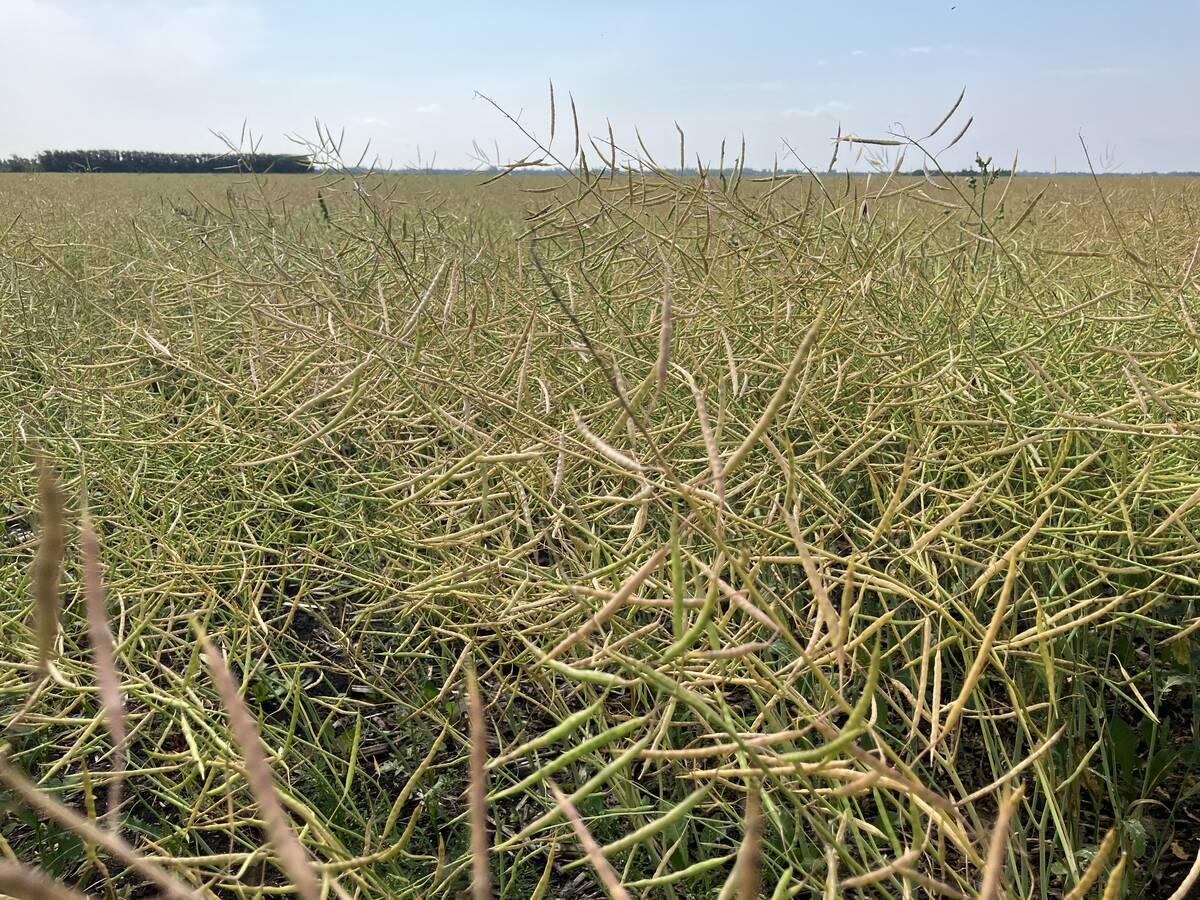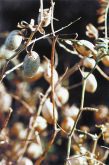CALGARY (Staff) – Chef Hubert Schmieder only began to think about ostriches as food a couple of years ago after one of his students at Purdue University showed him an egg.
The student’s family was raising ostriches and like many people who want to eventually sell the meat, they needed to learn what to do with it.
The chef and food researcher sees great potential for meat sales providing the marketing is done right and people learn how to cut and prepare it. He spoke at a ostrich seminar here dealing with husbandry and meat production. He not only cooked an ostrich buffet but helped butcher a bird at a ranch outside of Calgary that same weekend.
Read Also

South American soybeans will have less impact on canola
South American production will, as usual, affect the global oilseed market, but Canadian canola is on the outside looking in until it can get China back or find alternative buyers.
Many good products have come and gone but failed because of lack of promotion, he said.
“You’re charting new territory,” he told the seminar. He recommends selling the meat to high-end restaurants and the gourmet market.
Ostrich is a low-fat red meat that cooks and tastes much like beef. On properly prepared meat, the connective tissue and sinews are cut away.
Bone structure different
Schmieder, a gold medalist at international culinary events, said the ostrich muscle and bone structure is different from any other species he has worked on. Most of the meat is found on the lower back and legs, which should be trimmed away, similar to veal.
The birds have to be transported without stress, killed humanely and bled properly, otherwise the meat could be tainted or tough. Ostriches are often microchipped for identification. Schmieder says these chips must be removed or the carcass could be condemned because of metal chips in the meat.
The meat can be served as roast or steak. Tougher cuts can be processed into sausage, luncheon meats or pate. It should be sliced thinly for better palatability, and cut on the bias.














